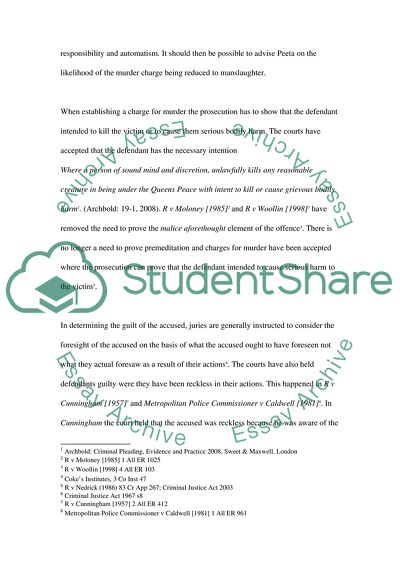Cite this document
(“Criminal Law Case Study Example | Topics and Well Written Essays - 1750 words - 1”, n.d.)
Retrieved from https://studentshare.org/law/1560679-criminal-law
Retrieved from https://studentshare.org/law/1560679-criminal-law
(Criminal Law Case Study Example | Topics and Well Written Essays - 1750 Words - 1)
https://studentshare.org/law/1560679-criminal-law.
https://studentshare.org/law/1560679-criminal-law.
“Criminal Law Case Study Example | Topics and Well Written Essays - 1750 Words - 1”, n.d. https://studentshare.org/law/1560679-criminal-law.


